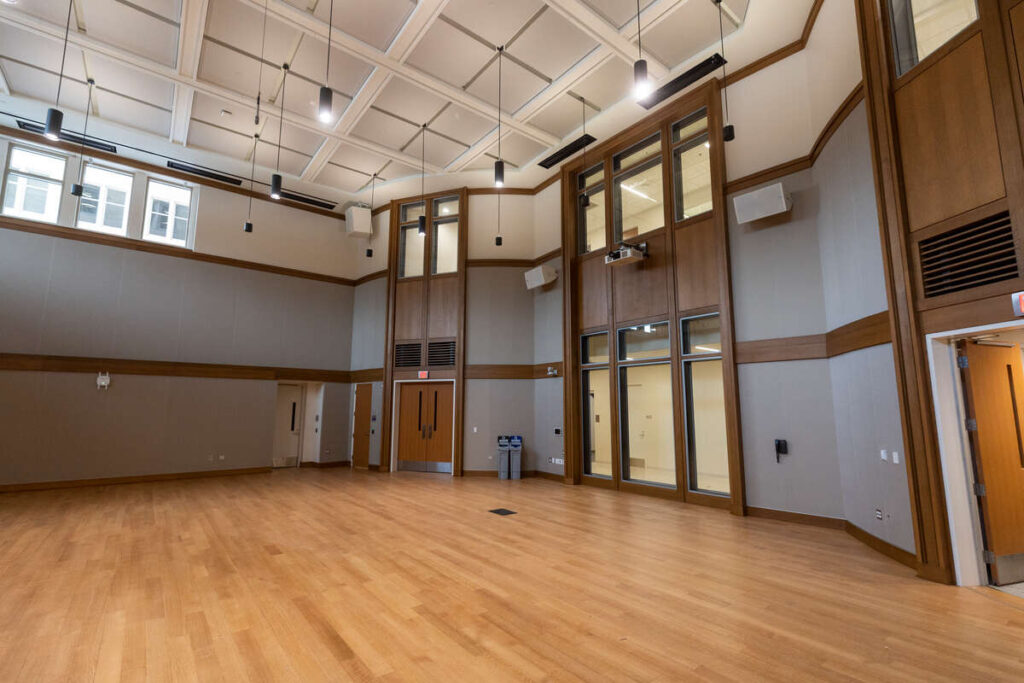
This post is from the Spring 2012 edition of B. Magazine
There is an allure to country living. Rural residents revel in songbirds, vibrant night skies and a pace of life that rewards quiet and solitude. But like their urban brethren, when health issues arise country residents desire quality, accessibility and affordable care. Unfortunately, statistics show that compounding circumstances are giving rise to a crisis in rural health care.
A recent United Health Group study reveals that in remote areas of the United States, 18 percent of residents are now more than 65 years old, versus the 13 percent national average. Families in rural areas are disproportionately living below the federal poverty level, and people living outside of metropolitan areas have a higher rate of chronic illnesses (hypertension, diabetes, cancer and arthritis) induced, in part, by increased smoking and obesity. The grim picture? Rural residents in our country are older and sicker than urban residents.
These factors alone are enough to have a large impact on insurance coverage and availability in rural areas. To complicate matters, nearly one third of the older rural population is utilizing Medicare or Medicaid as its primary source of coverage versus one quarter of that population in urban areas. Rural Americans are more likely to be uninsured compared to city dwellers, and private insurance coverage rates in rural areas lag behind their counterparts in urban areas by 6 percent.
In sum, rural residents are older, sicker and less insured than their urban counterparts … and they have less access to health care. Consider that, in cities, there are 105 primary care physicians per 100,000 people. Compare that to 65 primary care physicians per 100,000 people in rural areas. Specialty care is particularly lacking for many people living in rural areas, as well as pharmacists, dentists, mental health professionals and well-trained EMS professionals. Between the isolation of working in a rural area, limited vacation time and fewer opportunities for spousal employment, recruiting physicians is a difficult task for many health care organizations in these regions.
This complexity is compounded by the fact that no two rural areas are alike. The topography, demographics and lifestyle among the rugged ranchlands of Wyoming are not comparable to those of the flat marshlands of Louisiana. Thus, there is no one-size-fits-all business model for administering rural health. And with the federal government’s recent legislation – the Patient Protection and Affordable Care Act, with much more debate to come – there is potential for significant impact on health care provider reimbursement, with arguably more impact on rural health care facilities, especially in the early days of implementation, since their patients are less likely, on average, to currently be insured and more likely to use Medicare and Medicaid.
In the midst of this environment, a majority of medical professionals opt for large, urban health care centers where the paycheck is stable and the impact of environmental factors are felt less on a personal level. According to the National Rural Health Care Association, only about 10 percent of physicians practice in rural America despite the fact that nearly 25 percent of the population lives in these areas.
Since 1972, in an effort to improve medical access in underserved areas, the National Health Service Corps, part of the U.S. Department of Health and Human Services, has worked to, if not eradicate, at least slowly close the gap between health care access in urban and rural areas. In return for a two-year commitment to serve in a Health Professional Shortage Area, the NHSC awards scholarships and loan repayment to primary care providers. Throughout the country, there are 2,157 HPSAs in rural and frontier areas. In Minnesota, 313 clinics or hospitals sites are located in these shortage areas and 11 of these are located in Clay County on the Minnesota/North Dakota border.
Fargo/Moorhead is the most populous area in the county and is home to Sanford Health, the largest, rural, nonprofit health care system in the country and the largest employer in North and South Dakota. With a presence in more than 111 communities in eight states (including 31 hospitals and 111 clinics and more than 900 physicians and 18,000 employees) Sanford Health is well-positioned to make a significant impact on the direction of rural health care.
Continue reading in B. Magazine »






